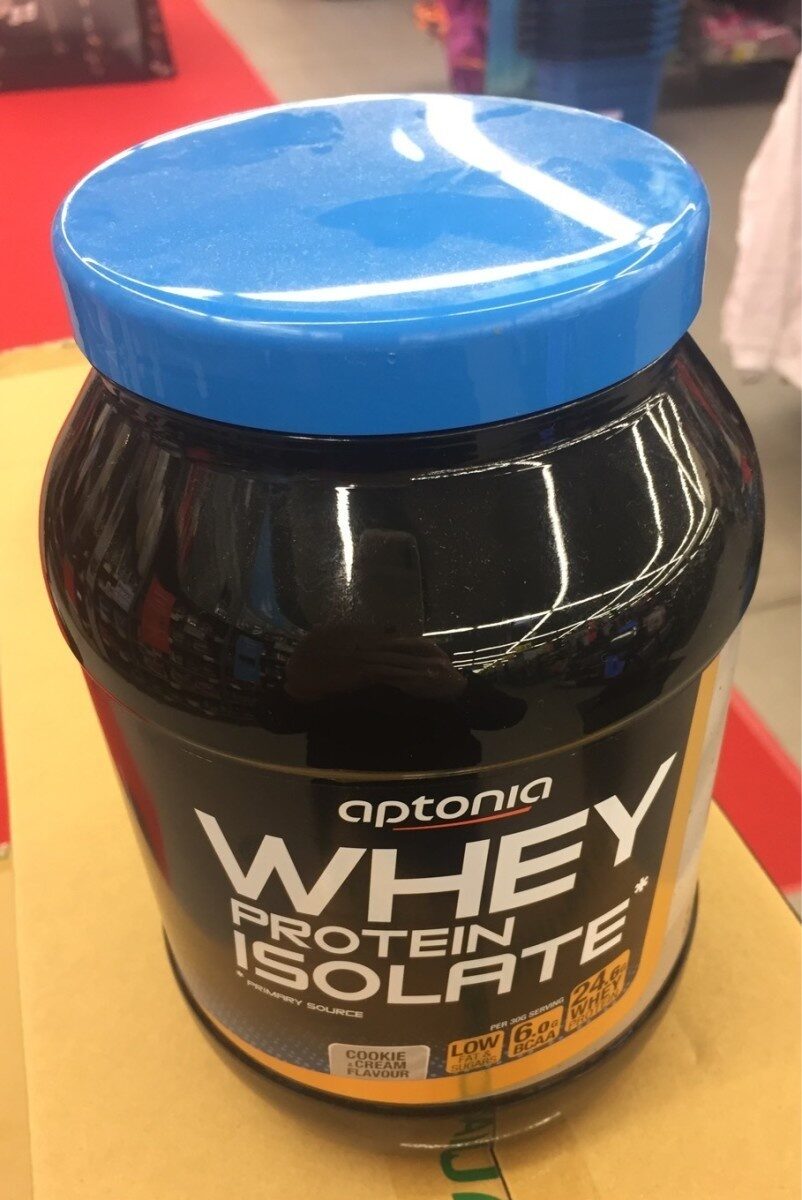Whey Protein Isolate - aptonia
Aquesta pàgina del producte no està completa. Podeu ajudar a completar-la editant-la i afegint-hi més dades a partir de les fotos ja disponibles, o fent-ne més amb l'aplicació de androide o iPhone / iPad. Gràcies!
×
Codi de barres: 3608419192032 (EAN / EAN-13)
Marques: Aptonia
Categories: Suplements dietètics, Suplements per culturisme, en:Protein powders
Matching with your preferences
Entorn
Empaquetament
Transport
Report a problem
Fonts de dades
Producte afegit per kiliweb
Última modificació de la pàgina del producte per alexouille.
La pàgina del producte, també editada per elcoco, musarana, openfoodfacts-contributors, thaialagata, yuka.VlBsY1FhUXovY01zdnNBRThFS09wOTFIK0tTN2VFV3JNTlVNSVE9PQ, yuka.sY2b0xO6T85zoF3NwEKvllVVfYLvmTGfFRzul2OVmNKxCqzvUN5-65ffEao.
Si les dades són incorrectes o incompletes, pot completar o corregir editant aquesta pàgina.










